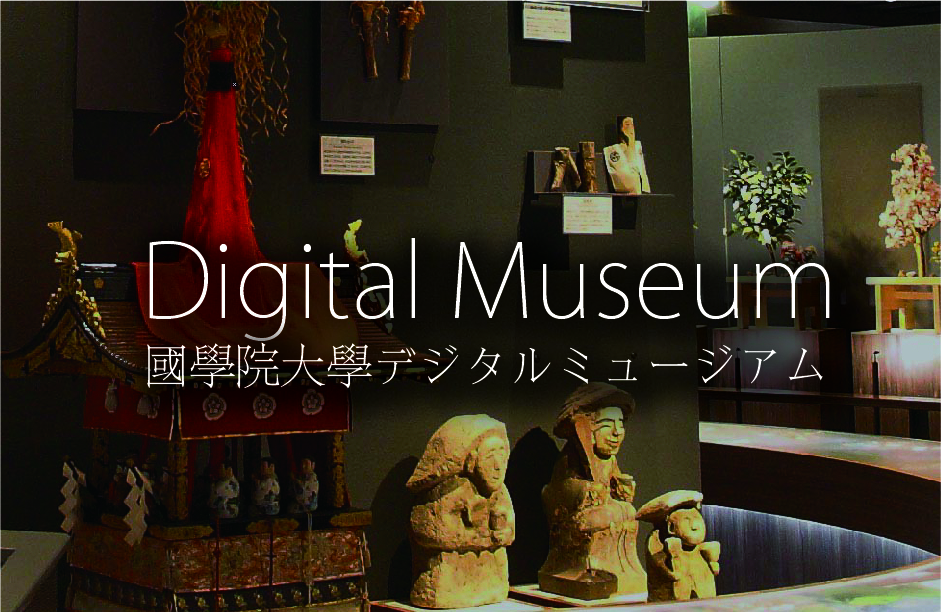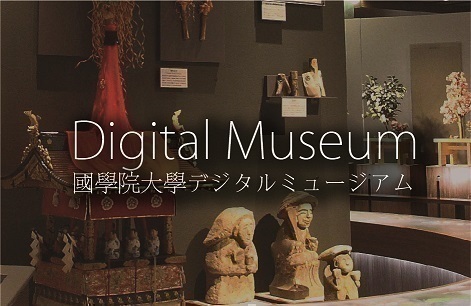- トップ
- Encyclopedia of Shinto
- Fusōkyō
Encyclopedia of Shinto
| Main Menu: | |
| Links: |
詳細表示 (Complete Article)
| カテゴリー1: | 8. Schools, Groups, and Personalities |
|---|---|
| カテゴリー2: | Modern Sectarian Groups |
| Title | Fusōkyō |
| Text | One of the thirteen sects of prewar Shinto. It was organized as a group by Shishino Nakaba (1844-84) from the Satsuma domain based on the mountain cult to Mount Fuji (Fuji shinkō) founded by Hasegawa Kakugyō (1541?-1646?), but it developed as a religious group with strong Shinto coloring under the religious policies of the Meiji era. Toward the end of the Edo period Shishino studied National Learning (kokugaku) of the Hirata School and attempted to systematize Shinto following the Meiji Restoration. He assumed the office as first chief priest (gūji) of the shrine Sengen Jinja in 1873, and formed the Fuji Issan Kyōkai under the direct aegis of the Great Teaching Institute (Taikyōin). He established a "great shrine" in the Shiba Shinmei district of Tokyo, and the following year the name of the group was changed to Fusō Church (Fusō Kyōkai). In 1882 it became an independent sect under the name Shintō Fusōha, and later the same year it was renamed Shintō Fusōkyō. By 1875 it had already absorbed the Maruyama Kyōkai founded by Itō Rokubee, so its organization grew very rapidly in the beginning. After the death of Shishino, however, a growing confrontation occurred between the Maruyama faction and its opponents, eventuating in the secession of the Maruyama Kyōkai in 1887 and the halving of the Shintō Fusōkyō's membership. In 1894 Shishino Takemaru (1876-1928) assumed the office as the group's second-generation superintendent (kanchō). In 1899 the headquarters were transferred to Shibuya village in the Shimo Toyotama district of Tokyo Prefecture, and then again in 1918 to their current location. From the mid- to late-1920s the group experienced internal frictions over succession to the office of Superintendent, throwing the organization into disorder. Following the death of Shishino Takemaru in 1929, Shishino Ken'ichi (1909-83) assumed office as third-generation superintendent priest and worked to reform the organization and its financial affairs. The group's organizational structure was revised at the occasion of being registered under the prewar Religious Organizations Law (Shūkyō Dantaihō) in 1940. The headquarters were destroyed by an air raid in 1945, however, resulting in the loss of many internal documents. Following the war, the group registered as a religious corporation in 1946, at which time member groups unassociated with the mountain-worship cult of Mount Fuji were encourage to leave and become independent. In other words, the group's organization was strongly eclectic in the prewar period, but from the postwar era its identity as a religious group dedicated to mountain worship (sangaku shinkō) has become more clearly pronounced. The current Superintendent is Sugiyama Ichitarō. The main objects of worship are the kami Amenominakanushi no kami, Takamusubi no kami, and Kamimusubi no kami, which are collectively referred to as Ōmioya no kami (alternately called Fuji Sengen no ōkami). Sacred texts include the Shinridaiyō and the Shintokukyō. See also Shishino Nakaba. Headquarters: Tokyo Nominal membership: approximately 46,000 (M) — Inoue Nobutaka |





